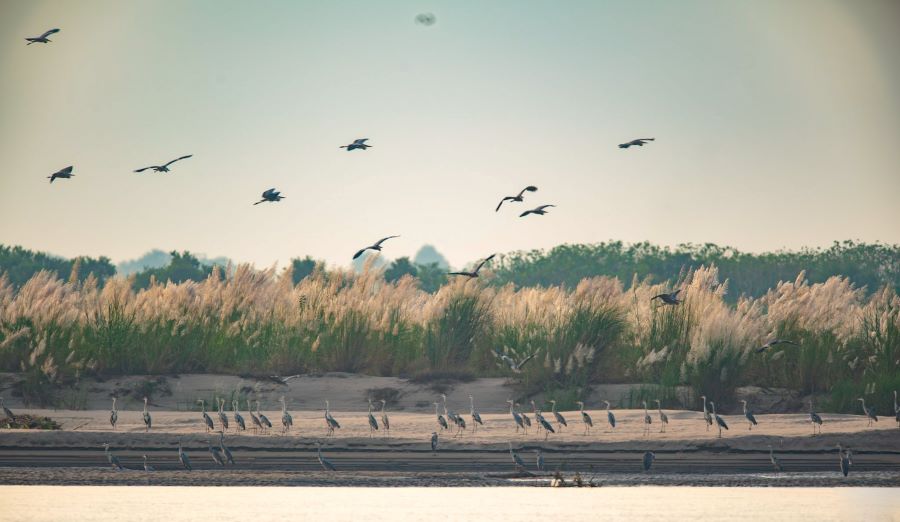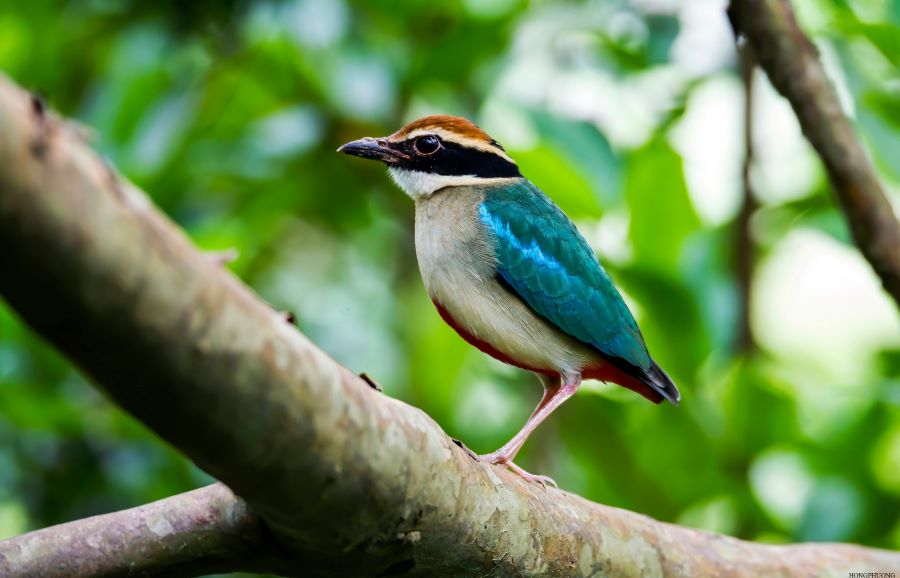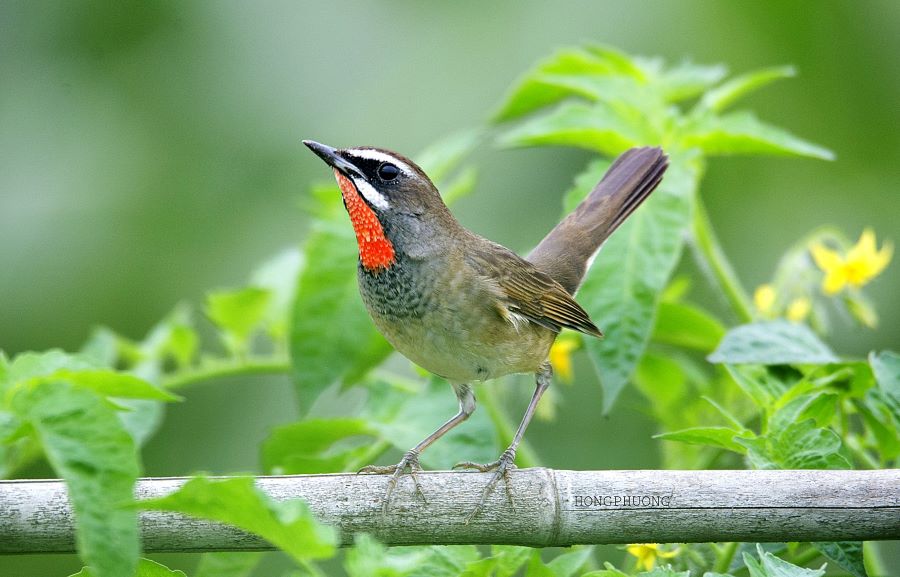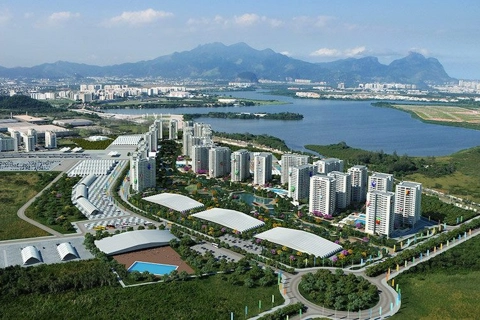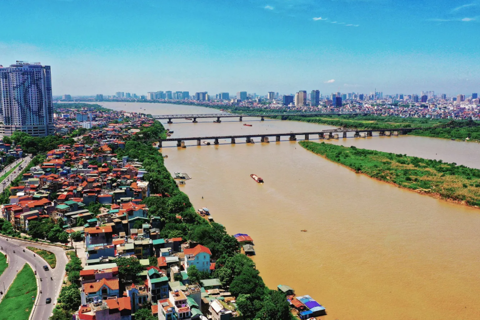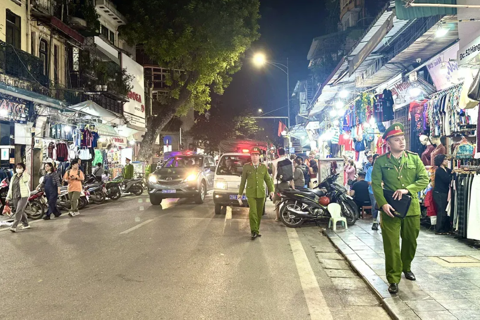Hanoi to turn alluvial islet on Red River into bird sanctuary
Hanoi is focusing on biodiversity conservation, using land resources to preserve wildlife on the Red River.
Hanoi has asked local units to strengthen wildlife management and protection.
| The Van Lang Alluvial Islet on the Red River. Photo: Center for Nature Conservation and Development |
As a result, districts along the banks of the Red River in Hanoi, including Ba Vi and My Duc, are required to strengthen wildlife management and support biodiversity, especially birdlife.
The local authorities call on civil servants and local people to work together to protect the welfare of wild birds. The hunting and slaughtering of endangered wildlife and the trade in endangered and rare wild birds are strictly prohibited.
The city has asked the Ba Vi District to strengthen supervision and prevent hunting access to Van Lang alluvial islet. According to wildlife experts, the area is one of the best habitats for migratory and wild birds on the Red River. It is necessary to conduct in-depth studies to assess and identify populations of rare and endangered species and threats to their existence and development in the reserve.
| The red-bellied stump-tailed sparrow or Pitta nympha, a migratory bird often found in gardens along the Red River during the migration season from September to May of the following year. Photo CCD |
According to the Center for Conservation and Development (CCD), the Red River alluvial lands are home to at least 232 species of birds, including 192 migratory and wintering species. The population includes critically endangered species such as the Yellow-breasted Sparrow.
The city has asked the My Duc District People's Committee to focus on the conservation and protection of Delacour's langurs in Huong Son Special Use Forest.
The Langgur is an endemic primate of Vietnam and one of the 25 most endangered primates in the world. The species is restricted to the limestone woodlands bordering Hoa Binh, Thanh Hoa, Ninh Binh, Ha Nam and Huong Son mountain in rural Hanoi city.
| The migratory Siberian Rubythroat has been found in Hanoi's Red River alluvial islets. |
At the start of the new millennium, it was thought that there were 19 sites hosting the Delacour's langur population, with a total of 50-57 groups and 281-317 individuals, of which six groups and 27 individuals were thought to be in Huong Son Special Use Forest.In December 2022, a group of at least five Delacour langurs was found in the Huong Son Special Use Forest, making this site the third most important stronghold for the langurs that still exist.
CCD's research shows that Hanoi is located on the East Asia-Australia migratory route for birds that fly from Siberia and Ussuriland through Japan, eastern and southern China and Taiwan (China) to Indochina and other places. Therefore, the protection and conservation of natural habitats in the area is extremely necessary and urgent.

